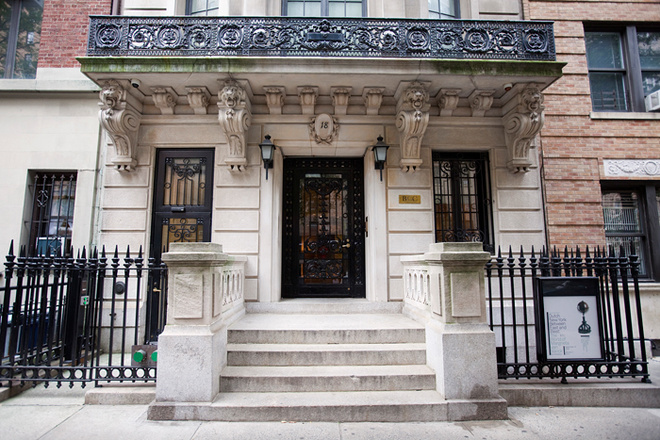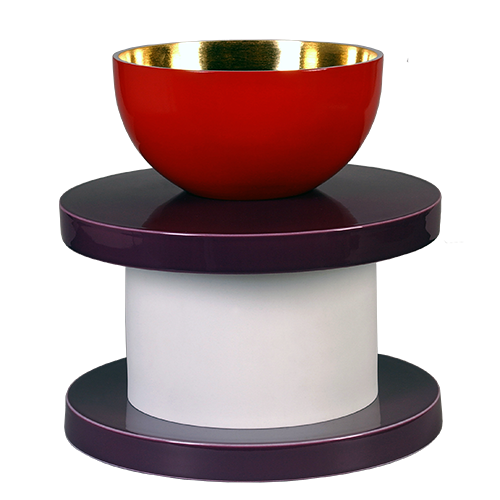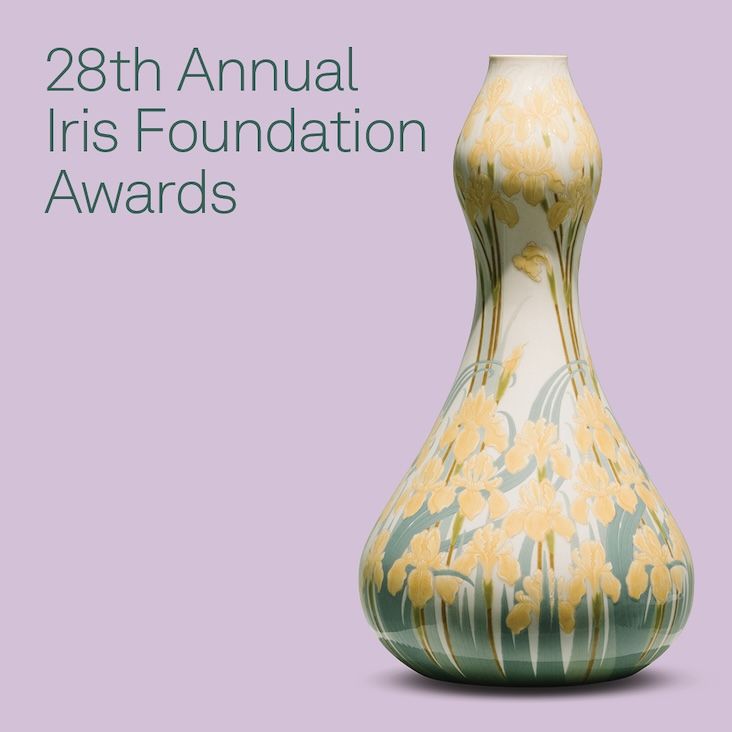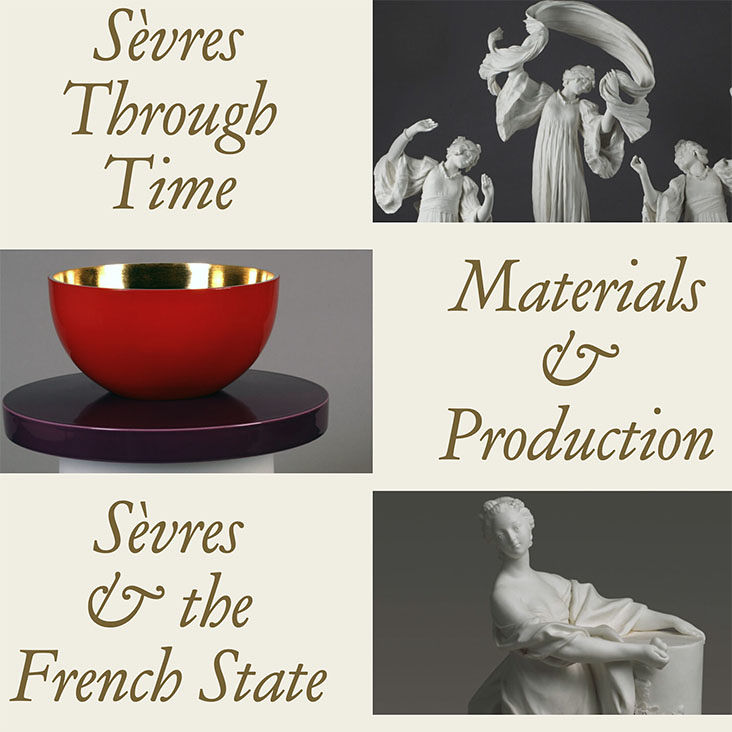Interview with Catherine
Whalen
What brought you to the BGC?
I was attracted to the
BGC’s unique status as a center for the study of the decorative arts and design
in an international cultural context. I first came here in the spring of 2005
as a visiting faculty member at the suggestion of Professor Pat Kirkham. I then
taught two courses, which I still teach now: American Material Culture Studies:
Methods and Models, and Craft and Design in the U.S.A, 1940-Present. However,
my very first contact with the BGC occurred when I was applying to graduate
programs during the mid-nineties. I visited the BGC at the time, which made a
powerful impression on me. Even though I ultimately attended the Winterthur
Program and then Yale, I didn’t forget about this place. In 2000, I
participated in a panel on decorative arts historiography organized by former
BGC faculty member Beth Holman for the College Art Association’s annual
conference. The paper I gave for this panel, entitled “Gender, Gentility, and
Academia in American Decorative Arts,” became an article published in Studies in
the Decorative Arts. That’s how I met Pat Kirkham, because she wrote a response
to my article that was published in a subsequent issue.
What are your areas of interest?
My chief interest is
American material culture, which is, of course, a very large subject area. I
primarily teach 20th-century American material, but I’m engaged by all cultural
forms and time periods. My own work has focused on the history of American
collectors and collections. I’m also very interested in the relationship
between craft, design and folk art in the mid- 20th-century United States.
Currently I’m working on a book tentatively titled The Alchemy of Collecting: Material Narratives of Early America,
1890-1940. Forming the crux of this project are case studies of
collectors of American decorative arts during the early to mid-20th century,
placed in a broad cultural context. I’m fascinated by what happens to
collections when they enter institutional settings, especially the differences
between private and public meanings. Ultimately, I’m interested in how people
attach immaterial value to material things. That’s why I’ve chosen to study
collectors, as they often explicitly talk about what their objects mean to
them. I also think of collecting as a significant form of cultural production,
rather than as consumption— as something that contributes to and has an
important impact on the culture at large.
How does your work fit in the BGC mission?
It’s part and parcel of
the BGC’s mission— trying to understand people’s relationships to the material
world, and how they articulate them to others. We all have a relationship to
the environment we live in, to the things we encounter, but we often don’t
remark upon their significance. However, collectors usually have thought out
ways to present their collections to a variety of audiences, whether other
collectors, their own families, or themselves. They also talk about their
emotional responses to objects, something that often gets lost when those items
become part of museum collections, and curators’ narrative voices shape their
interpretation instead. Studying collectors seems like a good way of getting at
this kind of history—the interrelationships of people, objects, ideas and
emotions.
What do you hope to pass on to your students?
I really enjoy teaching
the course on methods and models in American material culture studies because I
think it’s very important for students to have multiple ways of understanding
artifacts. Everyone has different strengths and weaknesses, and it’s important
to try to out various approaches in order to discover what works best for you.
What happens in graduate school is that students start out as consumers of
knowledge, but by the time they’re writing their masters theses, they need to
become producers of it. So they need to think not only about the methods they
use to answer questions, but also the questions themselves. What are they
really interested in? What do they find intellectually engaging, and how do
they go about finding answers? Then they have to figure out how to present
their findings. It’s very important to me that students develop their own
voices during this process. Part of what I try to do, because I teach more
contemporary material, is to offer students a range of tools for finding
answers, because there isn’t the wealth of secondary sources that exists for
earlier time periods. At the same time, there are special opportunities for
firsthand accounts. Often I’ll ask students to conduct interviews or write
ethnographies, along with undertaking formal analyses of objects. In these
ways, they learn how people apprehend, interact with, or otherwise express
relationships to material culture.













